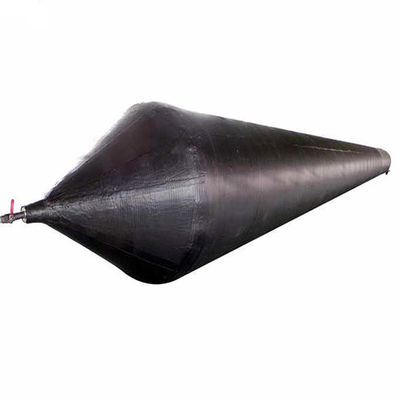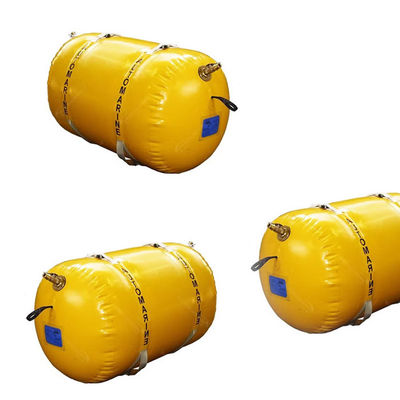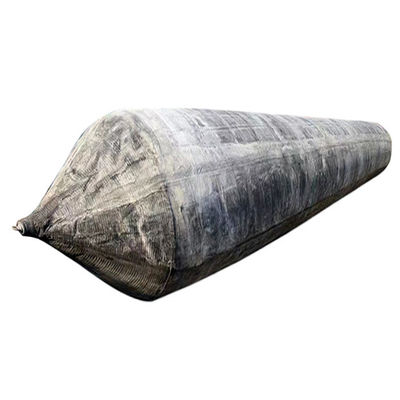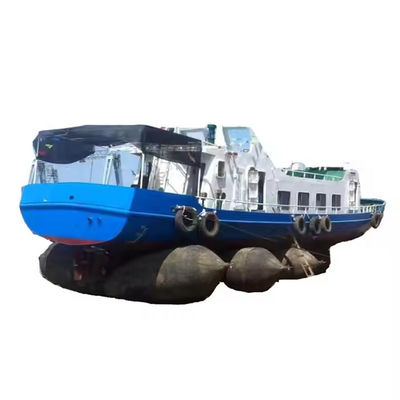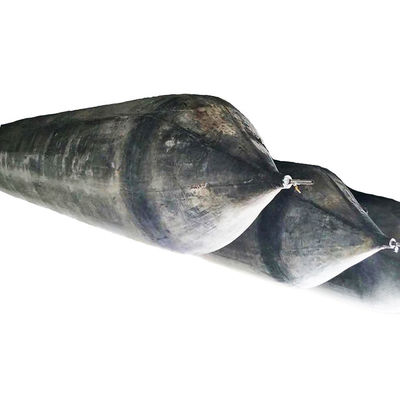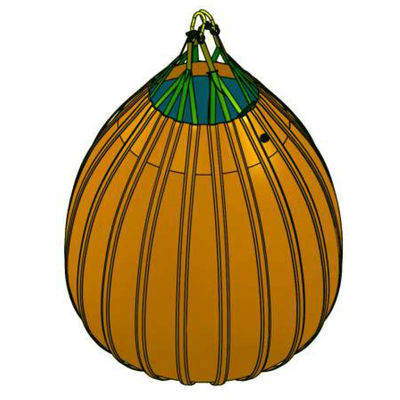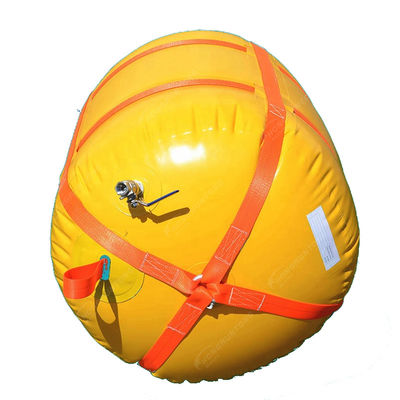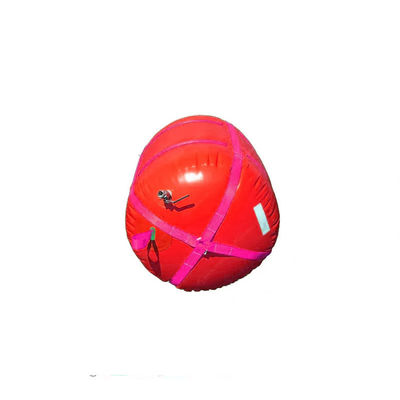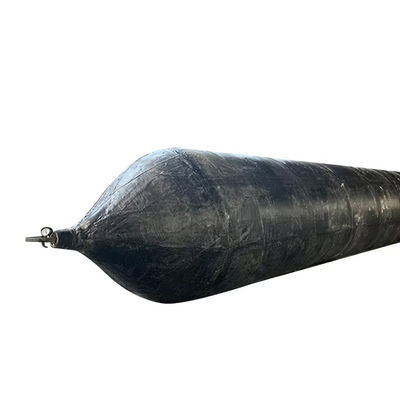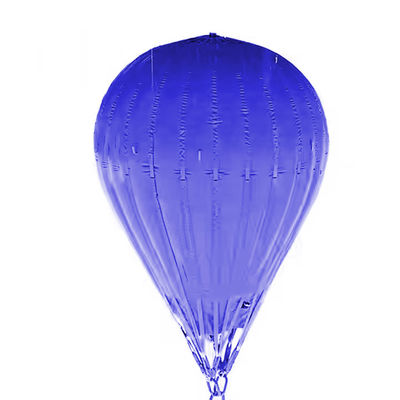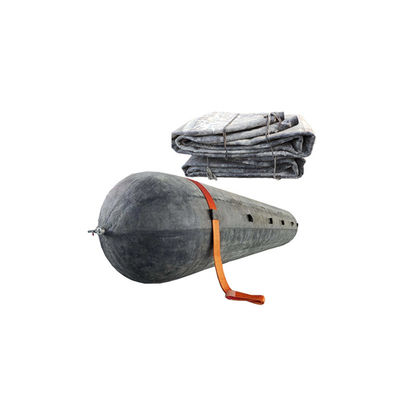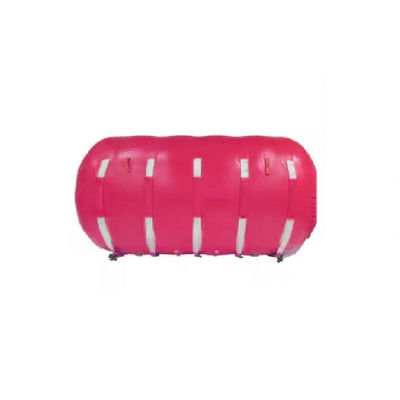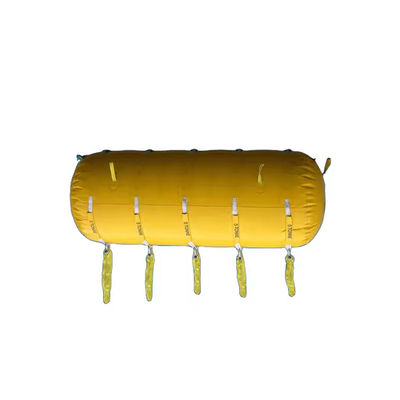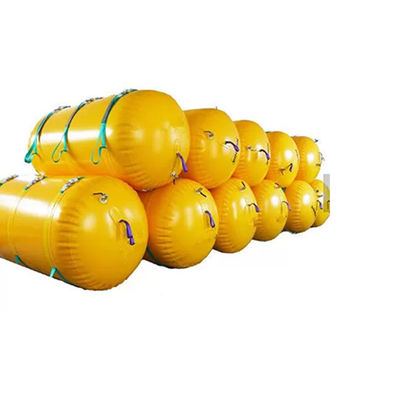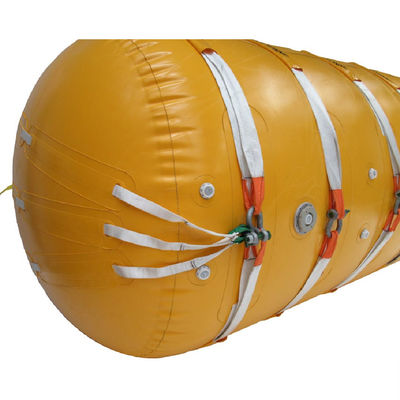1.5m Inflatable Marine Salvage Bag High Buoyancy Quick Seal Valves ISO Certified
Description
Engineered for mission-critical reliability, Inflatable Salvage Tubes meet the demanding requirements of military and heavy industrial salvage. Built with military-grade materials for extreme durability, pressure resistance (300m+), and resistance to corrosion, fuel, and abrasion, they perform reliably in hostile environments. Redundant air chambers and automatic pressure relief ensure fail-safe buoyancy even if compromised. Their rapid inflation capability is vital for strategic asset recovery or urgent operations. Compatible with ROVs for covert deployment, they facilitate the recovery of submarines, sensitive equipment, or large infrastructure like pipelines and offshore platforms. This robust, secure technology provides unmatched lifting power where failure is not an option.
Specifications
| Product Name |
Inflatable Salvage Tubes |
| Raw Material |
PVC Coating Fabric |
| Type |
Cylindrical |
| Size |
500kg, 1000kg, 5000kg 10000kg,etc |
| Thickness |
0.4-1.2mm, Or As Request |
| Color |
Yellow, Blue, Black, etc |
| Density |
0.33-0.9g/cm3 |
| Safety Factor |
7:1 |
|
Tolerances
|
+/- 0.03 On Densities
+/- 0.2 Mm On Thickness
+/- 0 To +3mm On Width
+/- 0 To +3mm On Length
|
| Model |
Buoyancy |
Diameter |
Length |
Appr. Weight |
| Cylindrical |
[kg] |
[lbs] |
[mm] |
[mm] |
[kg] |
| HM-IST1 |
200 |
441 |
500 |
1,000 |
5 |
| HM-IST02 |
500 |
1,103 |
800 |
1,000 |
8 |
| HM-IST03 |
1,000 |
2,205 |
1,000 |
1,500 |
11 |
| HM-IST04 |
2,000 |
4,410 |
1,300 |
1,500 |
20 |
| HM-IST05 |
4,000 |
8,820 |
1,600 |
2,000 |
50 |
| HM-IST06 |
6,000 |
13,230 |
2,000 |
2,000 |
66 |
| HM-IST07 |
8,000 |
17,640 |
2,000 |
2,600 |
75 |
| HM-IST08 |
10,000 |
22,050 |
2,400 |
2,400 |
80 |
| HM-IST09 |
15,000 |
33,075 |
2,600 |
3,000 |
110 |
| HM-IST10 |
20,000 |
44,100 |
3,000 |
3,000 |
130 |
| HM-IST11 |
30,000 |
66,150 |
3,000 |
4,500 |
170 |
| HM-IST12 |
50,000 |
110,250 |
4,000 |
4,000 |
220 |
| HM-IST13 |
70,000 |
154,350 |
4,000 |
5,700 |
310 |
| HM-IST14 |
100,000 |
220,500 |
4,000 |
8,000 |
450 |
| HM-IST15 |
150,000 |
330,750 |
5,000 |
8,000 |
660 |
| HM-IST16 |
200,000 |
441,000 |
5,000 |
10,000 |
900 |
| *Note: Other Sizes Can Be Customized According to The Requirements. |

Features
Pressure Resistant Structure
Features reinforced seams and internal pressure-balancing valves to prevent over-expansion or collapse under varying water pressures.
Integrated Smart Monitoring
Embedded pressure sensors and GPS transponders provide real-time buoyancy and location tracking for precision control.
Corrosion Chemical Resistance
Specialized coatings protect against saltwater corrosion, oil, and chemical exposure, ensuring long-term usability in marine environments.
Customizable Sizes (0.5m – 5m Diameter)
Available in various diameters to match specific salvage needs, from small aircraft parts to large submerged structures.
Applications
● Damaged submarine cable recovery
● Floating dock refloating
● Naval exercise equipment recovery
● Underwater sensor array retrieval
Advantages
Robotic Welding Precision
Automated CNC hot-air welding ensures 100% seam consistency with <0.01mm tolerance, eliminating weak points.
Quality & Compliance
Lloyd's Register Type Approval
Full certification meeting LR, DNV, and ABS standards for marine salvage applications.
Explosion Proof Engineering
ATEX-certified models available for oil/gas hazardous zones with spark-free materials.
100% Pressure Cycle Testing
Every unit undergoes 50+ inflation/deflation cycles at 1.5x working pressure before shipment.
FAQ
1. Q: How long do the tubes remain buoyant?
A: When properly sealed:
72+ hours with <1% pressure loss
Indefinitely with periodic top-ups
No time limit when surfaced
2. Q: What certifications do your tubes carry?
A: All models meet:
Lloyd's Register Type Approval
DNV/GL standards
SOLAS (for marine use)
CE/ATEX (hazardous area versions)
3. Q: Can they be used in contaminated waters?
A: Yes - we offer:
Chemical-resistant variants
Decontamination procedures
Disposable liner options
Specialized cleaning services
4. Q: How do you prevent entanglement hazards?
A: Through:
Smooth, snag-free surfaces
Rounded protective edges
Tether management systems
Anti-fouling coatings





 Your message must be between 20-3,000 characters!
Your message must be between 20-3,000 characters! Please check your E-mail!
Please check your E-mail!  Your message must be between 20-3,000 characters!
Your message must be between 20-3,000 characters! Please check your E-mail!
Please check your E-mail! 
